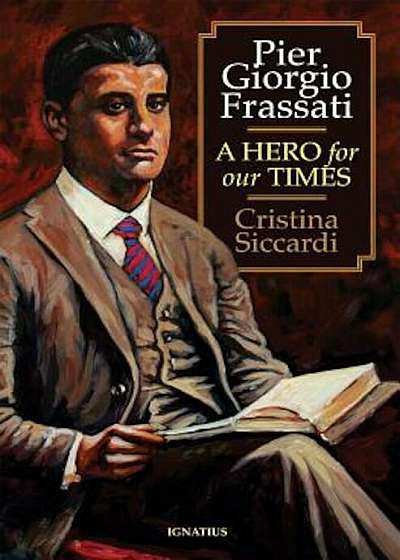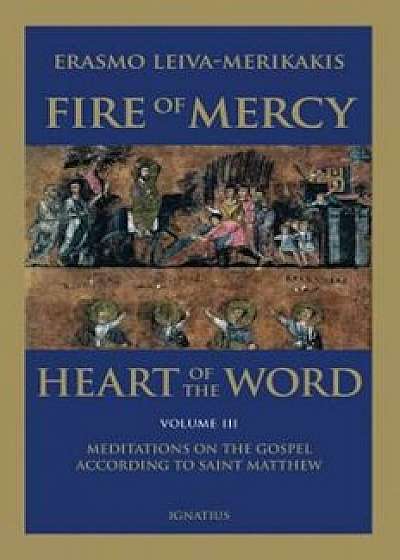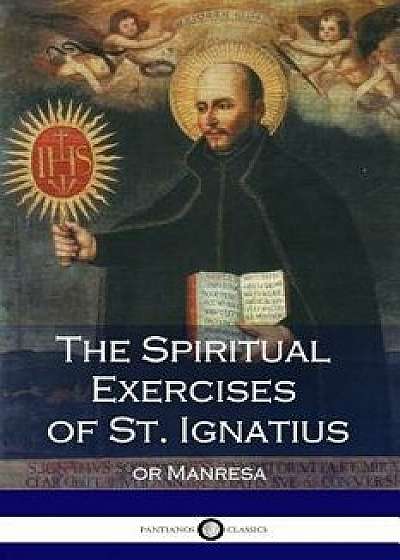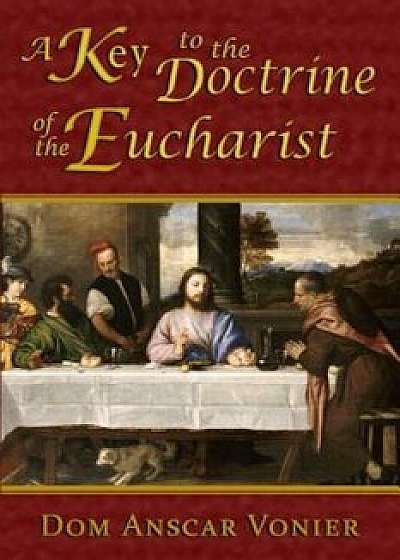
The Spiritual Doctrine of St. Catherine of Genoa, Paperback/St Catherine of Genoa
Descriere
The Spiritual Doctrine of St. Catherine of Genoa consists of three separate works: The Life and Doctrine of St. Catherine of Genoa (which includes her sayings) as compiled by her confessor, Don Cattaneo Marabotto, and two works by St. Catherine herself The Spiritual Dialogue (between the Soul and the Body), and the famous Treatise on Purgatory. Treatise on Purgatory sets the theme for all three writings for the author sees the entire Christian life as one of purgation. If the cleansing of the soul, called by St. Catherine 'earthly purgatory, ' is not completed in this life, it is simply continued in the next. She explains the attitude of the Poor Souls, their sufferings and their joys, plus the difference between the sufferings of Purgatory and those of Hell. She also reveals that Paradise has no gates. Those who will, may enter; but souls by choice do not want to go there unless they are perfect. If they are in mortal sin, they hurl themselves into Hell. If they die in the state of Grace, but with sins yet unexpiated, they hasten to the appropriate place in Purgatory where they are cleansed of the temporal punishment due for their forgiven sins. Sins expiated in this life are paid for at a very small price compared to what we will pay in Purgatory. St. Catherine teaches us the only true progress made in this life is the development of the human soul, and everything else is insignificant. St. Catherine demonstrates that what we do with our precious allotment of time will determine what we shall be for all eternity. About the Author: St. Catherine of Genoa was born of notable ancestry in 1447 at Genoa, Italy. Although she desired to enter the religious life at the age of thirteen, her parents arranged her marriage to Giuliano Adorno three years later. After experiencing a mystical conversion, she began to lovingly serve the patients of a local hospital with her also newly-converted husband. Catherine died on the fifteenth of September, 1510, and was canonized by Pope C





